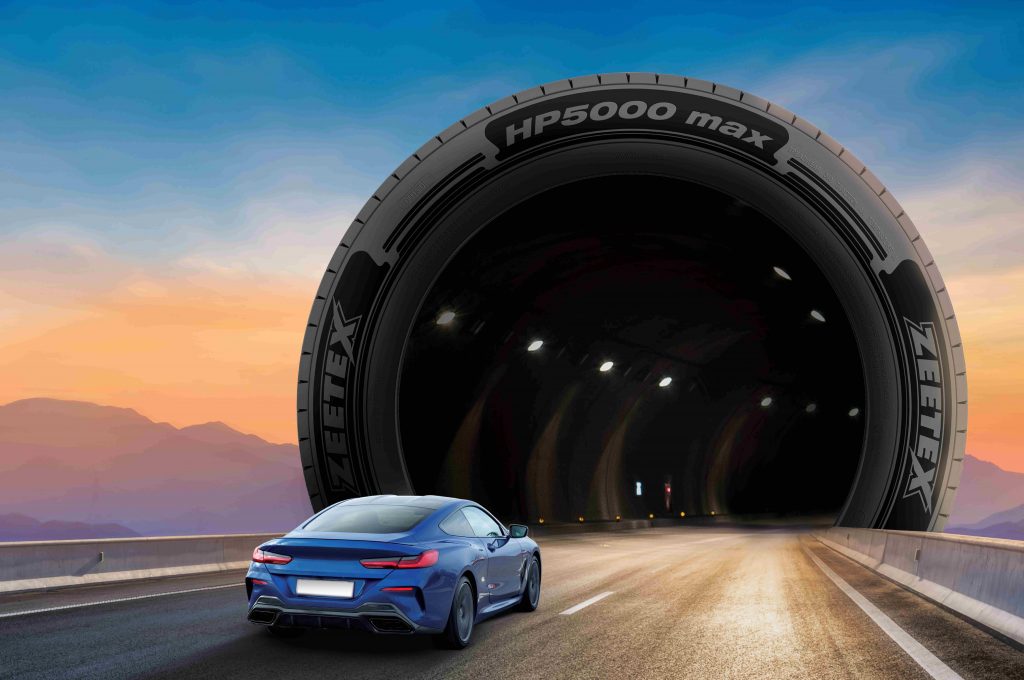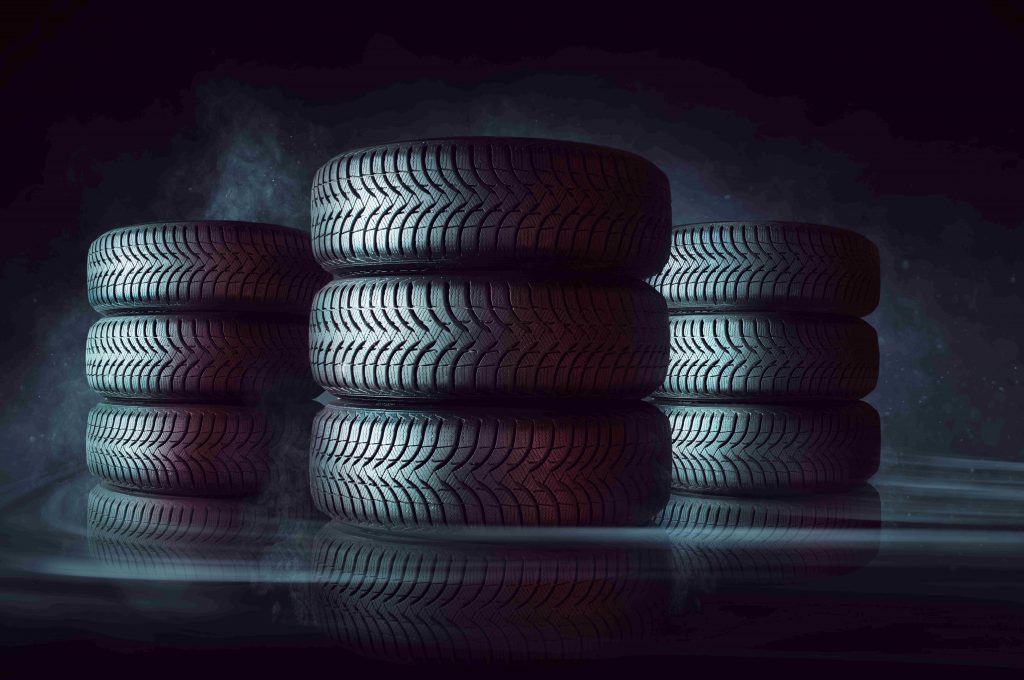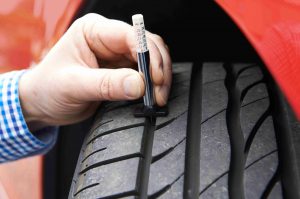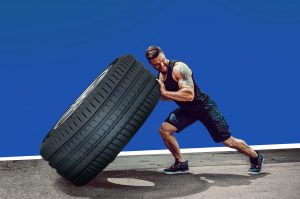In the fast-paced world of automotive advancements, tyre technology has always been a critical area of innovation. With continuous efforts to enhance safety, performance, and sustainability, tyre manufacturers have introduced several groundbreaking developments in recent years. This article explores various exciting advancements in tyre technology.
Self-Healing Tyres
Imagine driving along a deserted road when suddenly, you hear the dreaded sound of a tyre puncture. Flat tyres can be not only inconvenient but also hazardous, especially in unfavorable driving conditions. Self-healing tyres aim to address this issue by automatically repairing punctures, reducing the need for immediate tyre changes and potential accidents.
These tyres are made using innovative materials that contain special polymers capable of “healing” themselves when punctured. These polymers have the ability to seal small punctures, preventing air leakage and maintaining adequate tyre pressure. Some self-healing tyres employ an inner lining made of these unique polymers, while others use capsules filled with a sealant that releases upon puncture, effectively sealing the hole.
Although self-healing tyre technology is still in its early stages, it holds tremendous potential for revolutionizing the automotive industry, providing drivers with added peace of mind and potentially reducing the frequency of tyre-related accidents.

Shape-Changing Tyres
Imagine a tyre that adapts to various road conditions and optimizes performance accordingly. Shape-changing tyres, also known as adaptive or smart tyres, offer precisely that capability. These tyres have the ability to alter their shape, adjusting their tread patterns to suit different road surfaces, weather conditions, and driving styles.
The key behind shape-changing tyres lies in their unique construction and advanced materials. They feature an intricate network of sensors and actuators embedded within the tyre structure. These sensors gather data on factors such as temperature, road surface, and driving conditions, while the actuators respond by altering the shape of the tyre’s tread.
The adaptability of shape-changing tyres allows them to provide optimal traction, handling, and performance in real time. For instance, on a wet road, the tread pattern can change to improve water dispersion and reduce hydroplaning. Similarly, on dry surfaces, the tyre can adjust to maximize grip and responsiveness. This adaptability improves both safety and performance, making shape-changing tyres particularly appealing for drivers who frequently encounter varied driving conditions.
Intelligent Tyre Monitoring Systems
Traditional tyre pressure monitoring systems (TPMS) have been around for some time, providing drivers with alerts when tyre pressure drops below a certain threshold. However, advancements in tyre technology have given rise to intelligent tyre monitoring systems that offer more comprehensive and accurate data.
Intelligent tyre monitoring systems utilize advanced sensors embedded within the tyre to monitor various parameters such as temperature, pressure, tread wear, and road conditions. This real-time data is transmitted to the driver through a dashboard display or connected mobile app, allowing for proactive maintenance and improved performance.

Airless Tyres
Airless or non-pneumatic tyres represent a significant departure from traditional tyre designs. Instead of relying on air pressure to support the vehicle’s weight and provide cushioning, airless tyres utilize innovative structures and materials to achieve similar functionality.
These tyres are typically composed of a solid core made of rubber or composite materials, eliminating the risk of punctures and blowouts. The unique design provides enhanced durability, reducing the need for frequent replacements. Airless tyres also offer improved resistance to wear and tear, making them suitable for rough terrains and reducing maintenance costs for commercial and off-road vehicles.
Additionally, airless tyres have the potential to reduce environmental impact. Traditional tyres often contribute to microplastic pollution, as the wear and tear release tiny particles into the environment. Airless tyres, with their solid construction, minimize this issue and promote sustainability.
While airless tyres are still in the development and testing phase, they hold promise for various applications, including military vehicles, bicycles, and small electric vehicles.
Energy-Generating Tyres
In the pursuit of sustainable transportation solutions, tyre manufacturers are exploring the concept of energy-generating tyres. These tyres integrate technologies that convert mechanical energy generated during driving into usable electrical energy.
One approach involves incorporating piezoelectric materials within the tyre’s structure. When the tyre deforms as it rolls over the road, the piezoelectric materials




